Historical Significance of the Battle of Trench
The Battle of Trench, also known as the Battle of Khandaq, holds a pivotal place in Islamic history. Fought in 627 CE, during the fifth year of the Hijra, the battle was a critical moment in the struggle between the early Muslim community in Medina and the Quraysh tribe of Mecca. The historical context of this confrontation is rooted in the ongoing hostilities and attempts by the Quraysh to subdue the growing influence of Islam.
Strategically, the Battle of Trench was notable for the innovative defensive tactics employed by the Muslims. Under the counsel of Salman the Persian, the Prophet Muhammad (PBUH) ordered the digging of a trench around the northern and western perimeters of Medina. This trench effectively thwarted the advance of the Quraysh and their allies, who were unprepared for such a fortification. The defensive strategy not only showcased the strategic acumen of the Muslim leaders but also marked a significant evolution in military tactics of the time.
Key figures in the battle included the Prophet Muhammad (PBUH) himself, who orchestrated the defense, and his close companions such as Ali ibn Abi Talib, who played crucial roles in the skirmishes that ensued. On the opposing side, the Quraysh were led by Abu Sufyan, a formidable adversary whose forces vastly outnumbered the defenders of Medina. Despite the numerical disadvantage, the Muslims’ strategic positioning and the natural barriers of Medina contributed to their successful defense.
The outcome of the Battle of Trench was a decisive moment for the Muslim community. The failure of the Quraysh to breach the defenses of Medina not only safeguarded the city but also bolstered the morale and standing of the Muslim community. This victory, without a direct large-scale confrontation, marked a turning point in the Islamic struggle and paved the way for future conquests and the eventual establishment of a unified Islamic state.

The location of the Battle of Trench later evolved into a site of profound religious and historical interest. Recognizing its significance, subsequent generations constructed the Seven Mosques (Sab’ah Masajid) at this site. These mosques commemorate the historic battle and serve as a place for spiritual reflection, highlighting the enduring legacy of the events that unfolded during the Battle of Trench in the annals of Islamic history.
The Seven Mosques, known locally as “Al-Masajid As-Sab’ah,” are a cluster of historic mosques situated at the site of the Battle of Trench in Medina, Saudi Arabia. Their origins are deeply rooted in Islamic history, tied to the significant events that transpired during the Battle of Trench (627 CE). According to historical records and oral traditions, these mosques were constructed at the strategic command posts used by Prophet Muhammad (PBUH) and his companions during the battle. The primary purpose of these mosques was to serve as places of worship and reflection for the Muslim army, providing spiritual fortitude amidst the conflict.
The architectural styles of the Seven Mosques are reflective of the periods in which they were built and subsequently renovated. Initially, they were modest structures, primarily made of mud and stone, representing the austere lifestyle of the early Muslim community. Over the centuries, these mosques have seen numerous renovations and restorations, influenced by the architectural advancements and aesthetic sensibilities of various Islamic dynasties. The Umayyad and Abbasid caliphs were among the earliest patrons who contributed to the enhancement of these mosques, followed by the Ottoman sultans who undertook significant restoration projects in the 16th and 17th centuries.
Among the Seven Mosques, Masjid Al-Fath is particularly noteworthy. It is believed to be the location where Prophet Muhammad (PBUH) prayed for victory during the battle. This mosque has undergone several renovations, with the most recent ones ensuring the preservation of its historical and spiritual significance. Similarly, the other six mosques, including Masjid Salman Al-Farsi, Masjid Abu Bakr As-Siddiq, Masjid Umar ibn Al-Khattab, Masjid Ali ibn Abi Talib, Masjid Fatimah Az-Zahra, and Masjid Sa’ad ibn Mu’adh, have each been maintained and restored to reflect their historical importance and architectural heritage.
The construction and ongoing preservation of the Seven Mosques highlight the enduring legacy of the Battle of Trench site. These mosques not only serve as places of worship but also as historical landmarks that offer insights into the early Islamic era, the leadership of Prophet Muhammad (PBUH), and the communal efforts of his companions. Through continuous efforts to maintain and restore these mosques, their historical and spiritual significance remains accessible to generations of worshippers and visitors alike.
Spiritual and Cultural Importance
The Seven Mosques, located at the historic site of the Battle of Trench, hold profound spiritual significance for the Muslim community. These mosques are not only places of worship but also centers of reflection and learning, where devotees deepen their connection to their faith and heritage. The practices and rituals performed at the Seven Mosques are deeply rooted in Islamic tradition, with each mosque serving as a focal point for specific aspects of worship and spiritual growth.

One of the most cherished practices at the Seven Mosques is the act of prayer (Salah), which is performed by thousands of pilgrims who visit these sacred sites annually. The mosques provide a serene environment for devotees to engage in Salah, offering a space for contemplation and communion with the divine. Additionally, the recitation of the Quran, the holy book of Islam, is a common practice within these mosques, allowing pilgrims to reflect on the teachings and guidance it provides.
Pilgrimages to the Seven Mosques, known as Ziyarah, are an integral part of the spiritual journey for many Muslims. These pilgrimages are opportunities for believers to seek blessings, repent, and renew their faith. Anecdotes from pilgrims often highlight the deep sense of peace and fulfillment they experience during their visits. As one pilgrim noted, “Praying at the Seven Mosques was a humbling experience, reminding me of the sacrifices made by our ancestors and the strength of our faith.”
Religious scholars also emphasize the educational role of the Seven Mosques. They are not just places for individual worship but also serve as hubs for religious learning and community activities. Workshops, lectures, and study circles are frequently held, providing valuable insights into Islamic teachings and fostering a sense of unity among the attendees. This dual role of the mosques as centers of worship and learning underscores their importance in the spiritual and cultural landscape of the Muslim community.
In essence, the Seven Mosques stand as pillars of spiritual enrichment, playing a crucial role in the lives of Muslims around the world. Their significance extends beyond their historical context, continuing to inspire and guide believers in their spiritual endeavors.
Current State and Preservation Efforts
The Seven Mosques, integral to the historical site of the Battle of Trench, have been preserved with varying degrees of success. Today, these mosques stand as significant reminders of Islamic heritage and the profound events that transpired centuries ago. However, the ravages of time and environmental factors have posed substantial challenges to their preservation.
Ongoing efforts to maintain and restore the Seven Mosques have been multifaceted, involving local communities, government agencies, and international organizations. Government initiatives have been pivotal in providing funding and expertise for restoration projects. The Saudi Commission for Tourism and National Heritage (SCTH) has spearheaded numerous preservation campaigns, ensuring that the architectural integrity and historical significance of the mosques are retained.

Local communities, deeply invested in the cultural and spiritual value of the mosques, have also played a crucial role. Their involvement ranges from volunteer maintenance activities to advocating for increased government attention and resources. There is a strong sense of communal responsibility towards the preservation of these sacred sites, reflecting the mosques’ importance in daily religious practices and historical education.
International organizations and experts have contributed significantly to the preservation efforts. Collaborations with UNESCO and various archaeological institutes have provided advanced techniques and knowledge for effective restoration. These partnerships have also facilitated the exchange of best practices and the introduction of innovative preservation technologies.
Despite these efforts, several challenges persist. Environmental degradation, urbanization, and limited financial resources are ongoing hurdles that threaten the longevity of the Seven Mosques. Addressing these issues requires a coordinated approach, balancing immediate restoration needs with long-term sustainability plans.
Looking ahead, there are ambitious plans to enhance the accessibility and educational value of the Seven Mosques. Proposed projects include the development of visitor centers, interactive exhibitions, and guided tours to enrich the visitor experience. These initiatives aim to not only preserve the physical structures but also to foster a deeper understanding of the historical and spiritual significance of the Battle of Trench site.



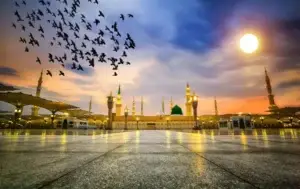


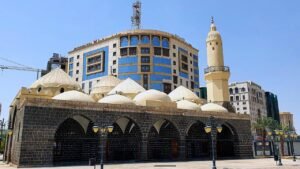
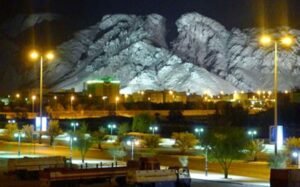



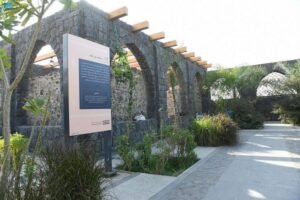

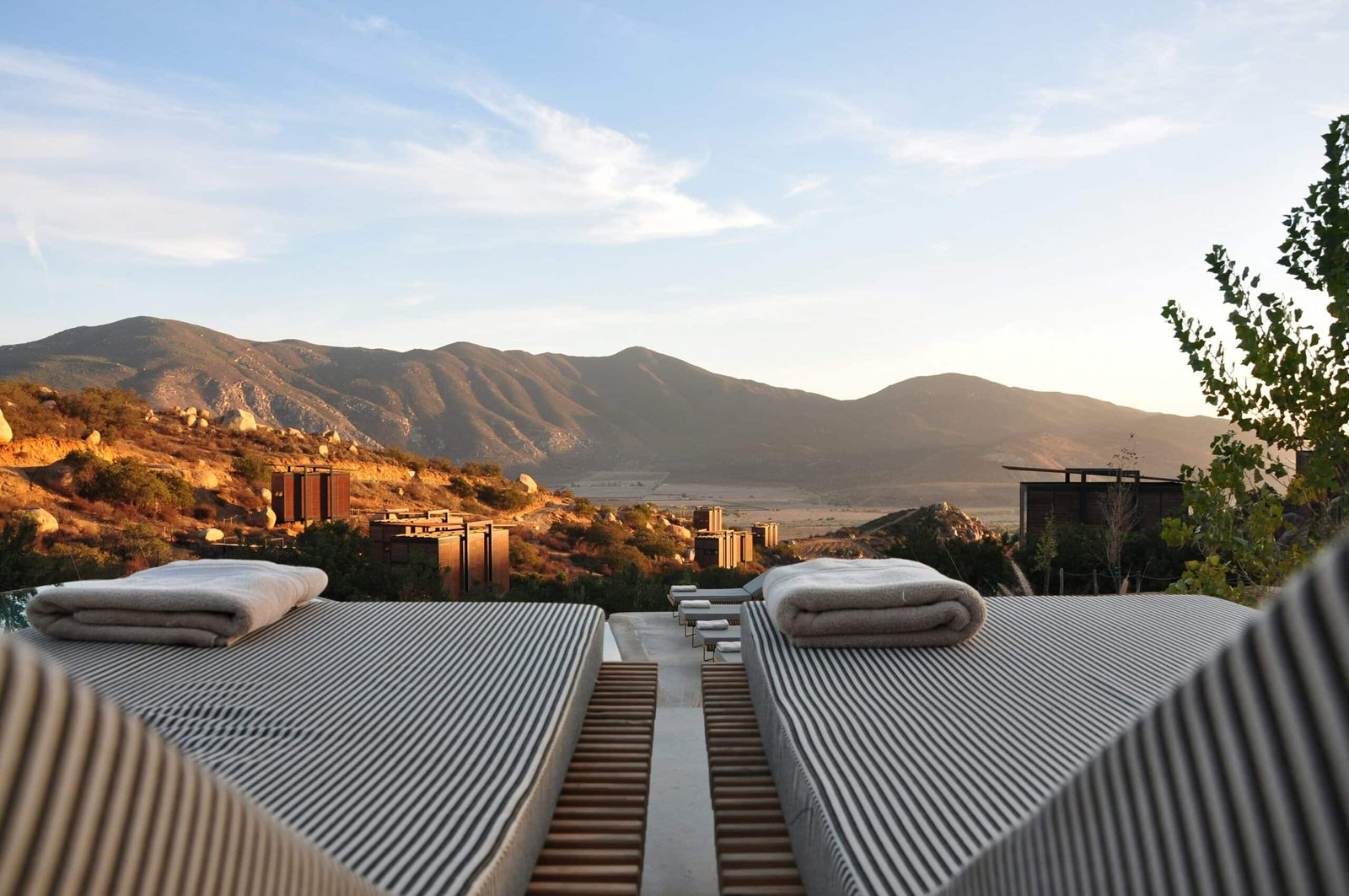



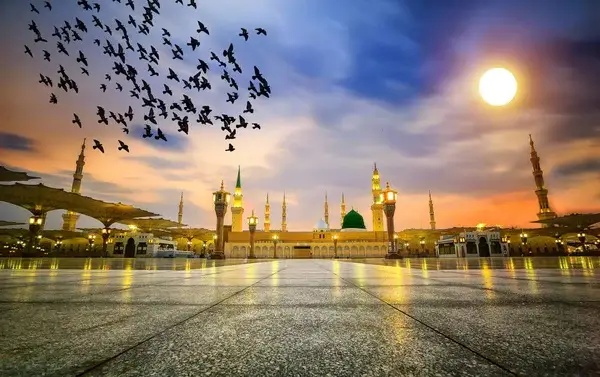


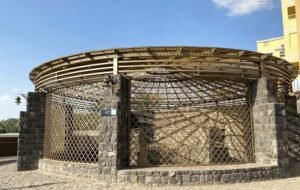


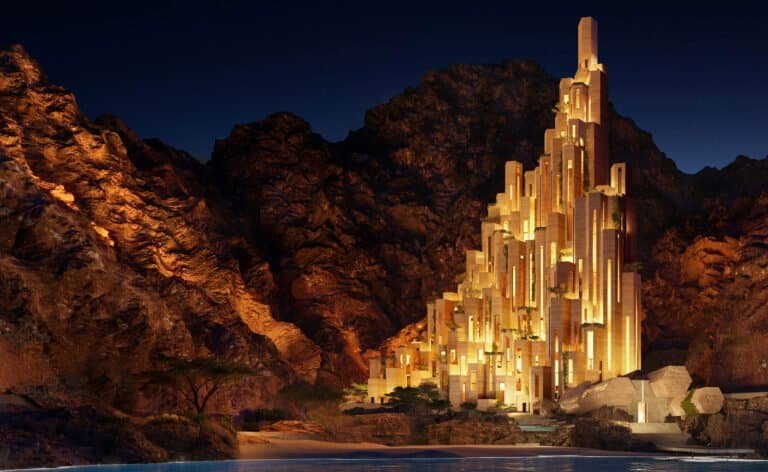


+ There are no comments
Add yours